Category: Conference
-

Injectable nanotech device continuously monitors glucose
Kyungsuk Yum at the University of Texas is developing an internal, nanoscale device to continuously analyze blood sugar. A near infrared optical biosensor nanotube is injected, and an optical scanner accesses data for constant monitoring . Current continuous monitoring technology for diabetes requires a tube inserted through the abdomen. This reads glucose levels in tissue, which…
-
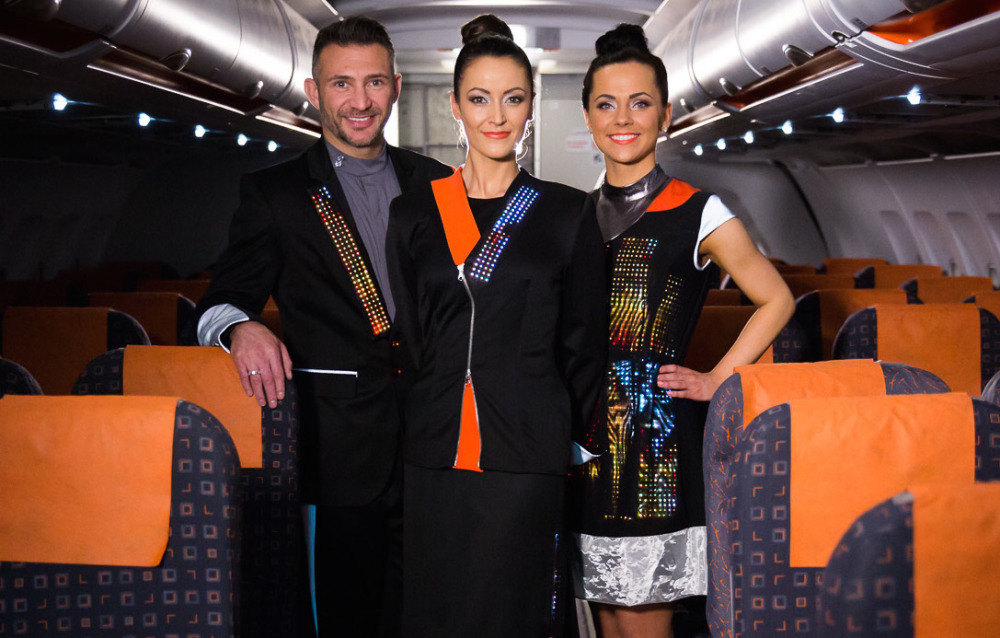
Smart airline uniforms improve passenger safety
easyJet has partnered with CuteCircuit to create sensor embedded crew uniforms to improve passenger safety. Cabin crew uniforms have shoulder LEDs and illuminated hems to provide lighting. Lapel LEDs display fight numbers, and microphones in the fabric enable immediate communication. Engineers’ uniforms have LEDs in jacket hoods to illuminate work areas, and built in cameras…
-

Norwest’s Robert Mittendorff on digital health investing
Norwest Venture Partners’ Robert Mittendorff participated in ApplySci’s recent Wearable Tech + Digital Health NYC conference. Here is his interview with StartUp Health’s Steven Krein on digital health investing. UPCOMING APPLYSCI CONFERENCES: Wearable Tech + Digital Health San Francisco – April 5, 2016 – Early registration discount ends October 10th NeuroTech San Francisco – April 6, 2016 –…
-
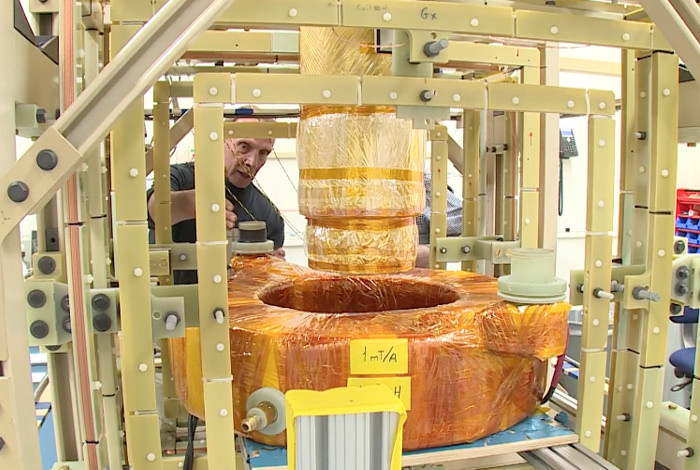
Ultra-low-field, portable MRI
Los Alamos National Laboratory‘s Michelle Espy is developing an ultra-low-field, lightweight MRI system for use on the battlefield and in poor countries. The device will be simple to transport, set up, and use in non-traditional settings. Conventional MRI machines use large magnetic fields that align protons in water molecules. Magnetic resonance signals are detected and turned into images. Highly detailed…
-
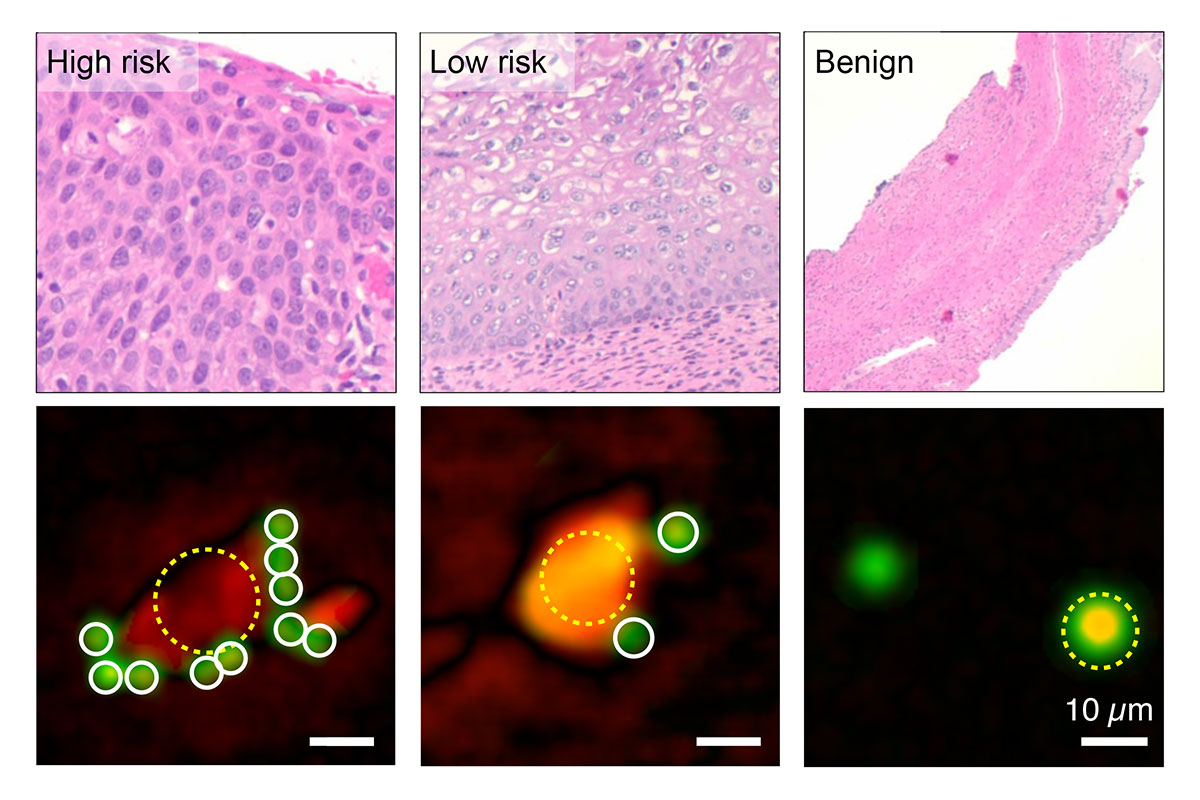
Cheap, remote, smartphone molecular cancer diagnosis
A Harvard and Mass General developed device may bring rapid, accurate molecular diagnosis of cancer and other diseases to remote locations. The smartphone-based device creates holograms to collect detailed microscopic images for digital analysis of the molecular composition of cells and tissues. The study’s authors believe that “because the system is compact, easy to operate,…
-
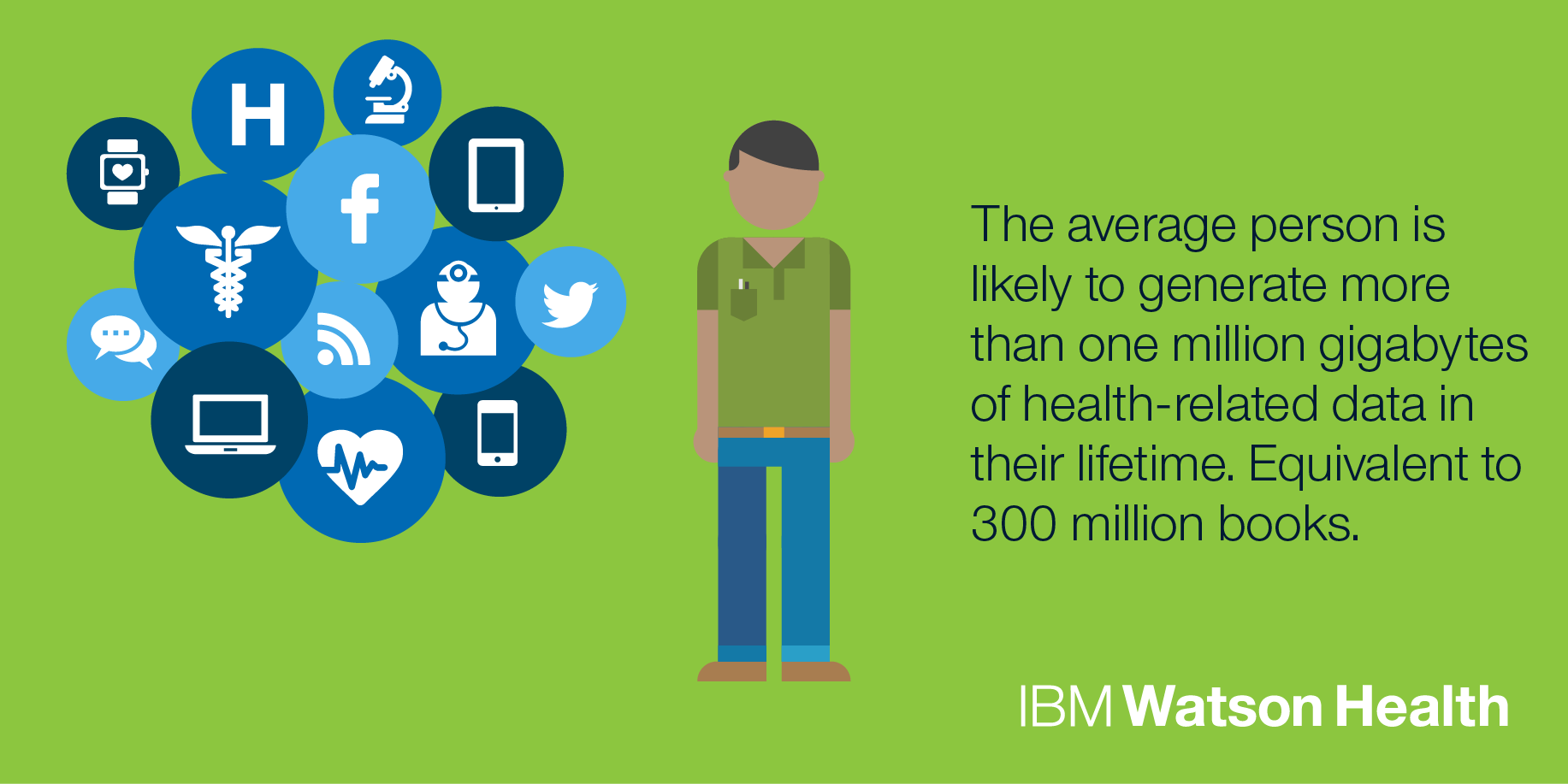
Big Data, AI and personalized healthcare
With the goal of personalizing healthcare, improving outcomes and cutting costs, IBM’s Watson Health will aggregate massive amounts of disparate patient data. The company has struck deals with Apple, Johnson & Johnson and Medtronic to collect and use more information from devices. To address privacy concerns, IBM is offering ways to strip personal information from wearables and…
-
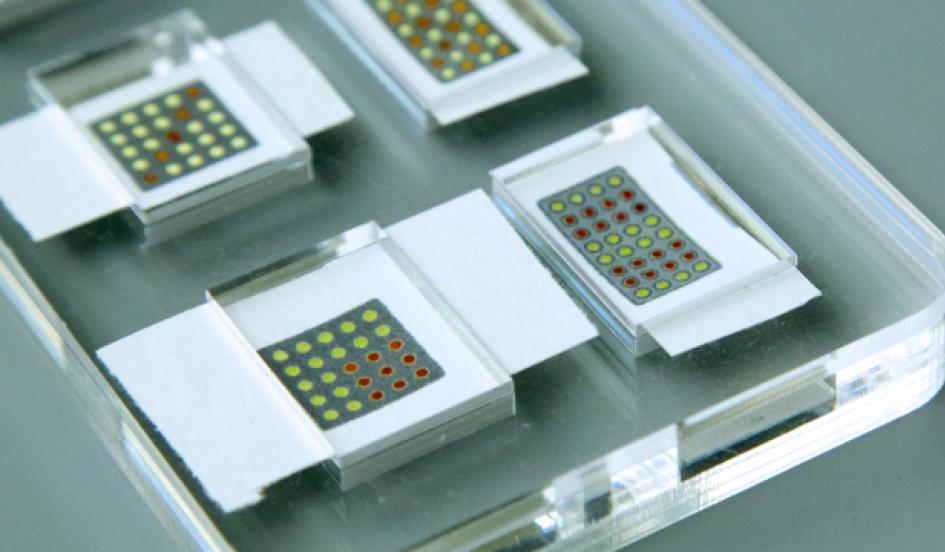
Paper test detects Ebola in 10 minutes
MIT‘s Hamad-Schifferli Group and Lee Gehrke have developed a paper strip test that can detect Ebola, Yellow Fever, and Dengue Fever in 10 minutes. The strips are color coded, using triangular silver nanoparticles, to distinguish among diseases. The test relies on lateral flow technology, used in pregnancy tests and for diagnosing strep throat and bacterial…
-
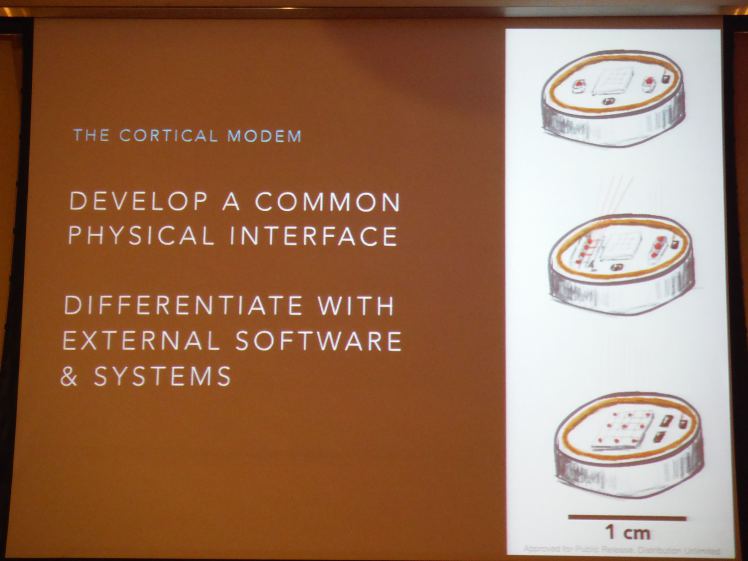
Implant could direct images to visual cortex, restore sight
DARPA is in the early stages of developing a “cortical modem” which would enable a simple visual display via a direct interface to the visual cortex. Its projected cost is 10 US Dollars. The project lead is Dr Phillip Alvelda. It was built on Karl Deisseroth‘s optogenetics research — studying and controlling specified cells within living…
-
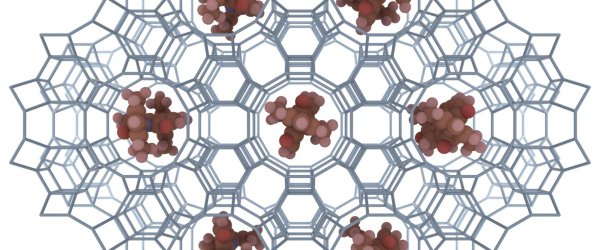
DNA sensor detects cervical, bladder, kidney cancer
University of Twente MESA+ professor Wilfred van der Wiel is developing an electrode to detect cervical, bladder and kidney cancer in DNA. NanoGap is a 100 nanometer wide gap in a metal electrode with receptors that provide notifications when urine DNA is degraded. Hypermethylated DNA is bound to the receptors. By covering the DNA with metal particles, a live…
-

Google Fit platform aggregates health data
Using a single set of APIs, Google Fit collects and aggregates data from fitness apps and sensors to manage a user’s fitness stream. The platform will work with wearables and other peripherals. To protect privacy, permission is required and data can be deleted. Initally, Adidas, Nike , Intel, LG and Motorola will participate. Nike will add…
-
Baby onesie tracks breathing, sleep, movement, temperature
http://mimobaby.com/ Sensor based baby monitoring is receiving a lot of exposure at CES. One such monitor, by Mimo baby, includes three parts: the Kimono, the Turtle and the Lilypad station. The Kimono is a cotton onesie, with machine washable sensors, worn by a baby when sleeping. It houses the Turtle, which tracks a baby’s respiration,…
-
Digital Health. Wearable Tech. Quantified Self. Curated.
Wearable tech. Digital health. Quantified self. mHealth. Connected home. Internet of things. However described, the phenomenon of using sensor technology to monitor, adapt, diagnose, gamify, and improve our health is in full swing at the Consumer Electronics Show. As sensors become better and cheaper, signal processing becomes more sophisticated, and mobile technology becomes ubiquitous, the revolution…